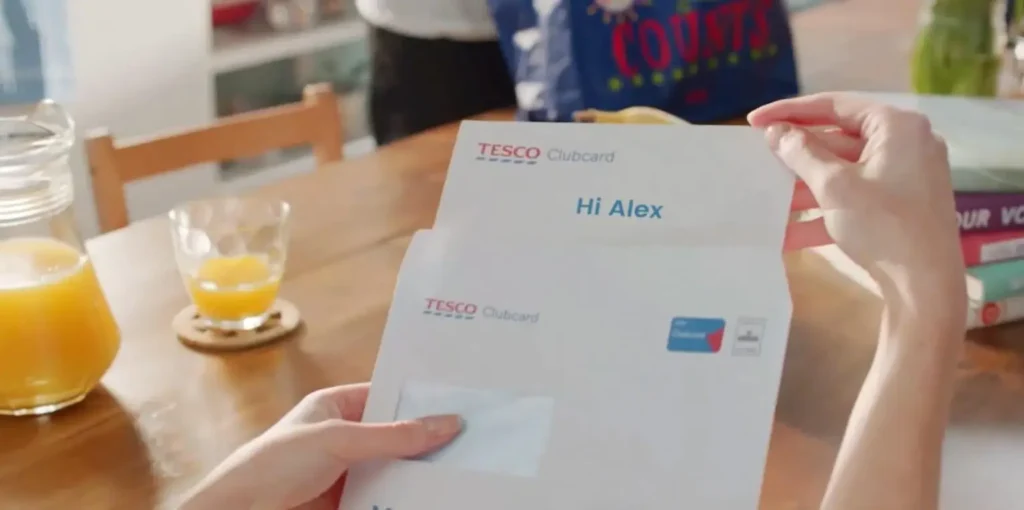What are we talking about when we talk about marketing automation? On a basic level, it refers to software platforms designed to automate marketing tasks like email, social media and website actions. Ideally it’s implemented not just as a time-saver, but so that brands can deliver intelligently designed, personalized experiences to nurture customers at exactly the right moment.
That’s the real strength of marketing automation — cutting through the complexity and the noise of inboxes, social feeds and competing websites to deliver customized, timely messaging and solutions. Anyone who is interested in generating high-quality leads should be implementing this powerful tool.
It may sound like a no-brainer, but you’d be surprised just how many brands think they can’t offer personalized marketing automations because they either don’t have enough data or they don’t have the right data.
Start by eliminating the words “can’t” and “don’t” from your vocab, roll up your sleeves and look at what information you do have to work with. Without using data to profile your customers, you risk blindly sending the wrong messaging. Your buyers are not all the same, so treat them like the individuals they are, whenever and wherever possible. Plus, considering that 86% of buyers say marketing personalization plays a role in their purchase decisions, it’s important to make the most out of whatever data you’re collecting.
Don’t underestimate the influence of knowing simple things like name, gender and basic shopping behaviors. Even emails that simply include the first name of the recipient within the subject line receive higher click-through rates than emails that don’t.
Ideally, your personalization efforts should go beyond the subject line, with automated marketing messages that present the most relevant CTA at the most appropriate time. To this point, personalized email automations generate up to 6X higher revenue than non-personalized emails because they’re triggered to send during crucial sales cycle junctures, and their content is directly pertinent to the recipient. Well-nurtured leads also tend to make 47% larger purchases when they do finally click that “buy” button.
How to Personalize Your Marketing Automation?
But what do you if you’re among the 38% of marketers who report having inaccurate data and yet you still want to personalize your marketing automation?
1. Use Chatbots to Creatively Gather More Accurate Customer Data
I know I just told you to treasure whatever data you have, no matter how sparse it may be. And it’s true, you’ve gotta use what you’ve got. But it’s always good to try to get a little more customer data and it’s even better when that data is accurate. This is where chatbots can play a crucial role in marketing automation.
Frequently I find myself on a website or in an app aimlessly shopping or unsuccessfully looking for a specific answer to a specific question. And more and more I’ve had the pleasure of hearing the PING! of a chatbot window magically appear as a lovely digital associate asks if they can help me.
It’s a wonderful moment because suddenly I’ve been given the opportunity to sidestep painful call center wait times. It almost feels like cheating the system. I’ll proudly raise my hand as someone who would rather immediately chat with an intelligent robot than wait 45 minutes to speak with a human. And I’m not alone. 46% of customers would rather reach a company via chatbot as opposed to email, and 49% prefer the bot to phone communication.
So suddenly you’ve got this significant customer base that has needs they’d like met by chatbots. They’re people motivated by receiving quick, customized, 24/7 service. As a business, you’re now in a position where you can program your chatbots to request important data during the assistance process. Name, age, gender, contact information, items of interest, messaging preferences – in the right context it feels perfectly organic to ask someone for these details. Personally, I’ve shared all of that data with chatbots in the pursuit of quick assistance, and never once did I feel like it was an invasion of privacy.
60% of online users want to know why and how websites select personalized content, with 41% of users saying they want “a lot” of control over which personal data is used. Because chatbots invite direct control over the information users are sharing, it doesn’t feel invasive receiving automated follow-up help and suggestions through other channels. It’s data collection in its most transparent form, and that transparency breeds brand trust.
2. Enhance Your Marketing Automation with Video
Because we know 93% of information pertaining to feelings and attitudes – two major purchase motivators — is conveyed non-verbally, it helps your bottom line to be as visual as possible when engaging with customers and sharing information about products. So, for example, if a customer is shopping for an easy-to-assemble bookshelf, a bot can respond with a set-up video that literally shows someone happily outline assembly from start to finish. In this case, a bot providing video proof is so much more powerful than a written reply saying, “No worries, building this bookcase won’t give you a headache.”
Alternately, you can send that same video as an automated follow-up after a customer has ended the chatbot conversation. It’s a nice bit of added value to the brand experience and is an extremely relevant opportunity to say, “Hey, are you still thinking about buying our bookcase? This quick video will show you how truly simple set-up is.”
The Short Story…
Marketing automation can be a highly intelligent, intuitive and informative nurturing tool, but it really hinges on having accurate customer data – and the more of it the better.
Chatbots are a fantastic way to support data collection that feels transparent to customers, plus the bots are serving a larger customer service purpose by delivering real-time assistance and solutions. It’s a win for your internal marketing team and a win for every customer who leaves your site feeling satisfied with the help they received.
In terms of automation, the more granular data chatbots are capable of collecting can be creatively turned into video resources that to be delivered to customers as follow-up and at important points in the sales cycle.
If you found this marketing automation strategy useful and you’d like to learn how to take advantage of the latest trends in a fast-paced and ever-evolving marketing landscape, we invite you to download a copy of our “How to stay ahead of the game in the marketing industry” guide for CMOs






